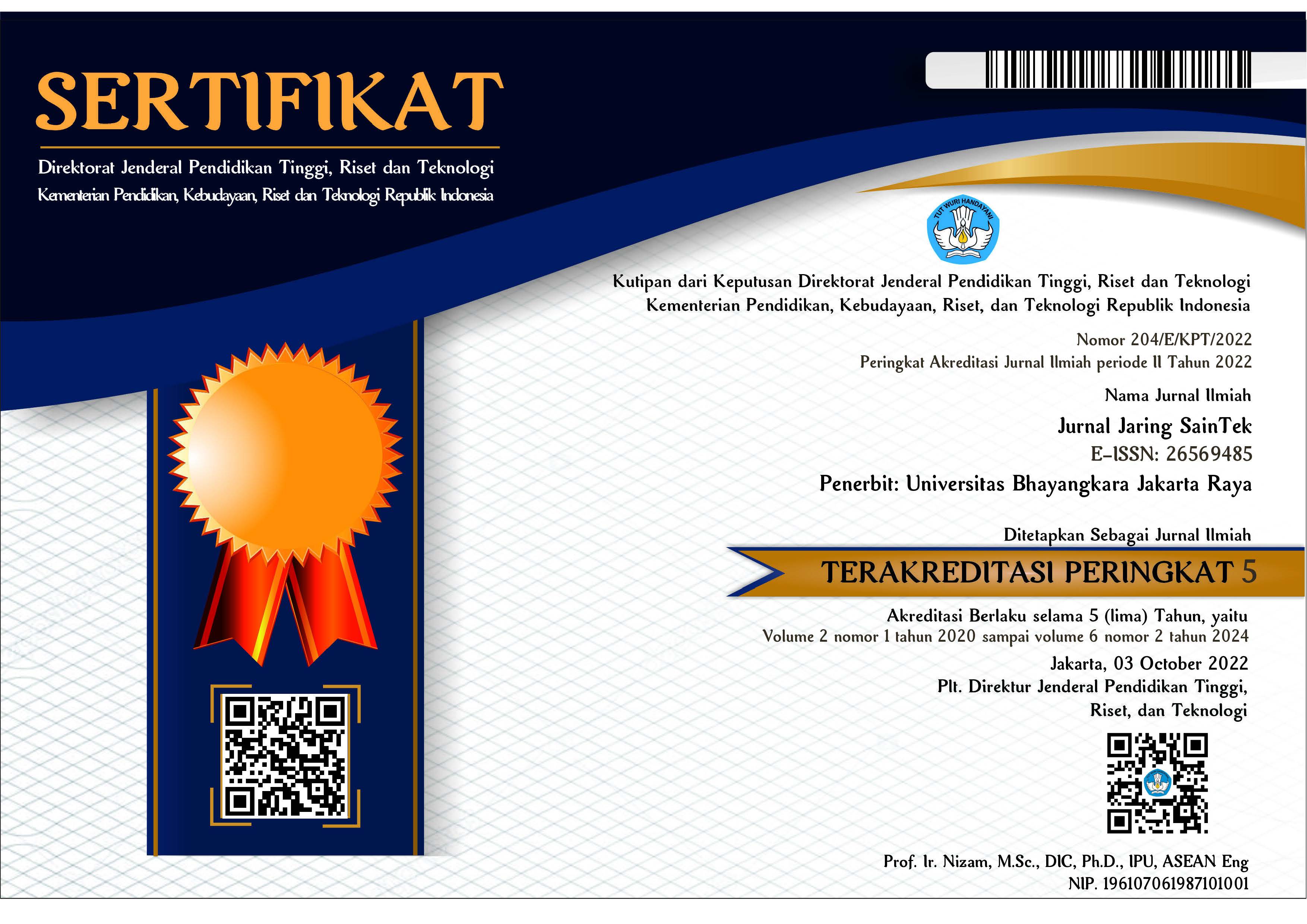Kekuatan Bending Pada Balok Laminasi Jati Putih Sebagai Material Pembuatan Kapal Kayu
DOI:
https://doi.org/10.31599/xs1re173Keywords:
Wooden ship, white teak, laminate, bending test.Abstract
Fishing boats are generally made of wood, but over time the availability of wood for shipbuilding began to become difficult to obtain, considering the increasingly expensive price for the type and quality of wood, such as teak. So that other wood alternatives are needed to replace teak, such as laminated white teak. White teak wood can be an option because it grows fast and is widely planted and has a texture that is almost the same as teak. Therefore, it is necessary to conduct research to determine the strength value of white teak laminate through bending testing. The purpose of this study was to determine the value of the bending strength of laminated white teak (Gemelina arborea) and the comparison results with natural teak (Tectona grandis). This study uses five types of variations with the same size 2x2x36cm, namely KJ (Teak Wood), KJP (White Teak Wood), LKJP (White Teak Lamination) two, three, and five layers referring to the Japanese Industrial Standard (JIS Z 2113). , 1963) to determine the value of the bending strength, then an analysis of the average value of the bending test results was carried out and compared with the bending value of teak (Tectona grandis). From the results of the tests carried out, the average value for KJ is 215.53 kg/cm2, KJP 173.35kg/cm2, LKJP 2 layers 176.75 kg/cm2, LKJP 3 180.15 kg/cm2, LKJP 5 149.56 kg/cm2. Based on this average value, Laminate white teak is still lower than the average value of natural teak.Downloads
References
Abdurrohim S, Mandang YI, Sutisna U. 2004. Atlas Kayu Indonesia Jilid III. Bogor: Pusat Penelitian dan Pengembangan Teknologi Hasil Hutan, Badan Penelitian dan Pengembangan Kehuatanan, Departemen Kehutanan.
[BKI] Biro Klasifikasi Indonesia. 1996. Peraturan Klasifikasi dan Konstruksi Kapal Laut. Jakarta.
[CWC] Canadian Wood Council. 2000. Wood Reference Handbook: A guide to the architectural use of wood in building construction. Ed ke-4. Ottawa: Canadian Wood Council.
[JIS] Japanese Industrial Standard Z-2113. 1963. Method of Bending Test of Wood. Japanese Standards Association. Japan.
Kembara Rizal Ramadhana, H. S. (2013). Study Penggunaan Bambu Sebagai Material Alternative Pembuatan Kapal Kayu dengan Metode Wooden Ship Planking System. JURNAL TEKNIK POMITS, 2(1)
Khairil. (2017). Klasifikasi Kode Mutu Kayu Provinsi Sulawesi Selatan. INformasi Dan Ekspose Hasil Riset Teknik SIpil Dan Arsitektur, 13(1), 41-53). https://doi.org/10.21831/inersia.v13i1.14597
Moody RC, Hernandez R, Liu JY. 1999. Glued structural members. Di dalam: Wood Handbook, Wood as an Engineering Material. Madison, WI: USDA, Forest Product Service, Forest Products Laboratory. hlm. 19.1 – 19.14.
Moody RC, Hernandez R, Liu JY. 1999. Glued structural members. Di dalam: Wood Handbook, Wood as an Engineering Material. Madison, WI: USDA, Forest Product Service, Forest Products Laboratory. hlm. 19.1 – 19.14.
Pujirahayu, N., Uslinawaty, Z., & Hadjar, N. (2015). Pemanfaatan Tanin Kulit Kayu Akasia Untuk Pengawetan Jati Putih (Gmelina arborea) Terhadap Rayap Tanah (Coptotermes curvignathus holmgren). Jurnal Ecogreen, 1(1),
Serrano, E., 2003, Mechanical Performance and Modelling of Glulam, Timber Engineering, Departmen of Civil Engineering, Technical University of Denmark, Lyngby, Denmark.
Widodo, A. B. (2018). Karakterisasi Bambu Laminasi Sebagai Bahan Pembangunan Kapal Perikanan. ALE Proceeding, 1(April), 16–25. https://doi.org/10.30598/ale.1.2018.16-25









